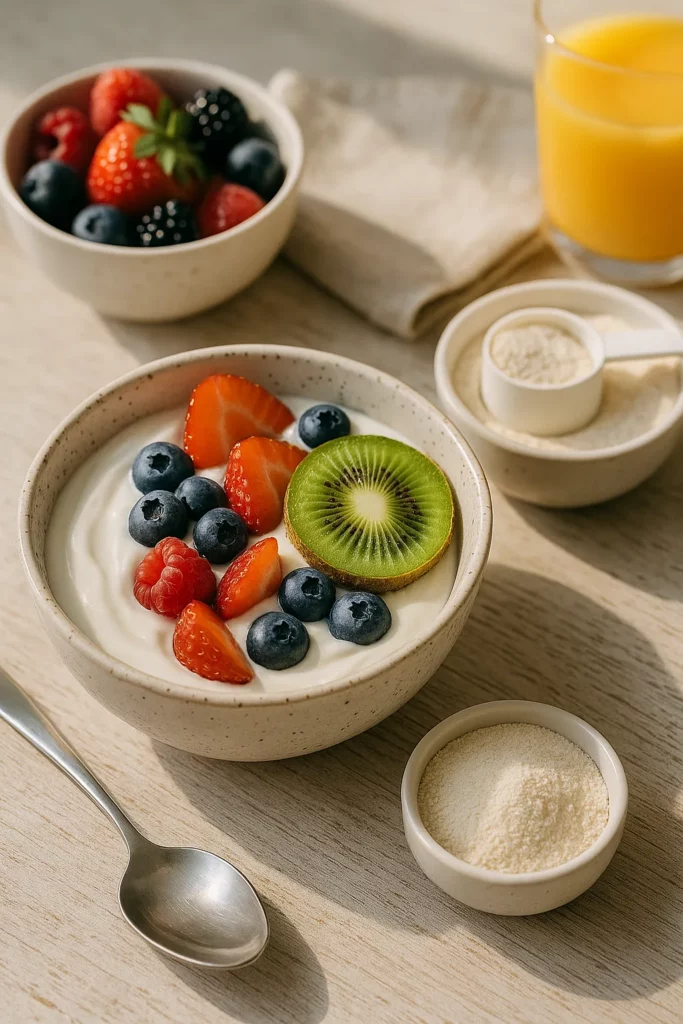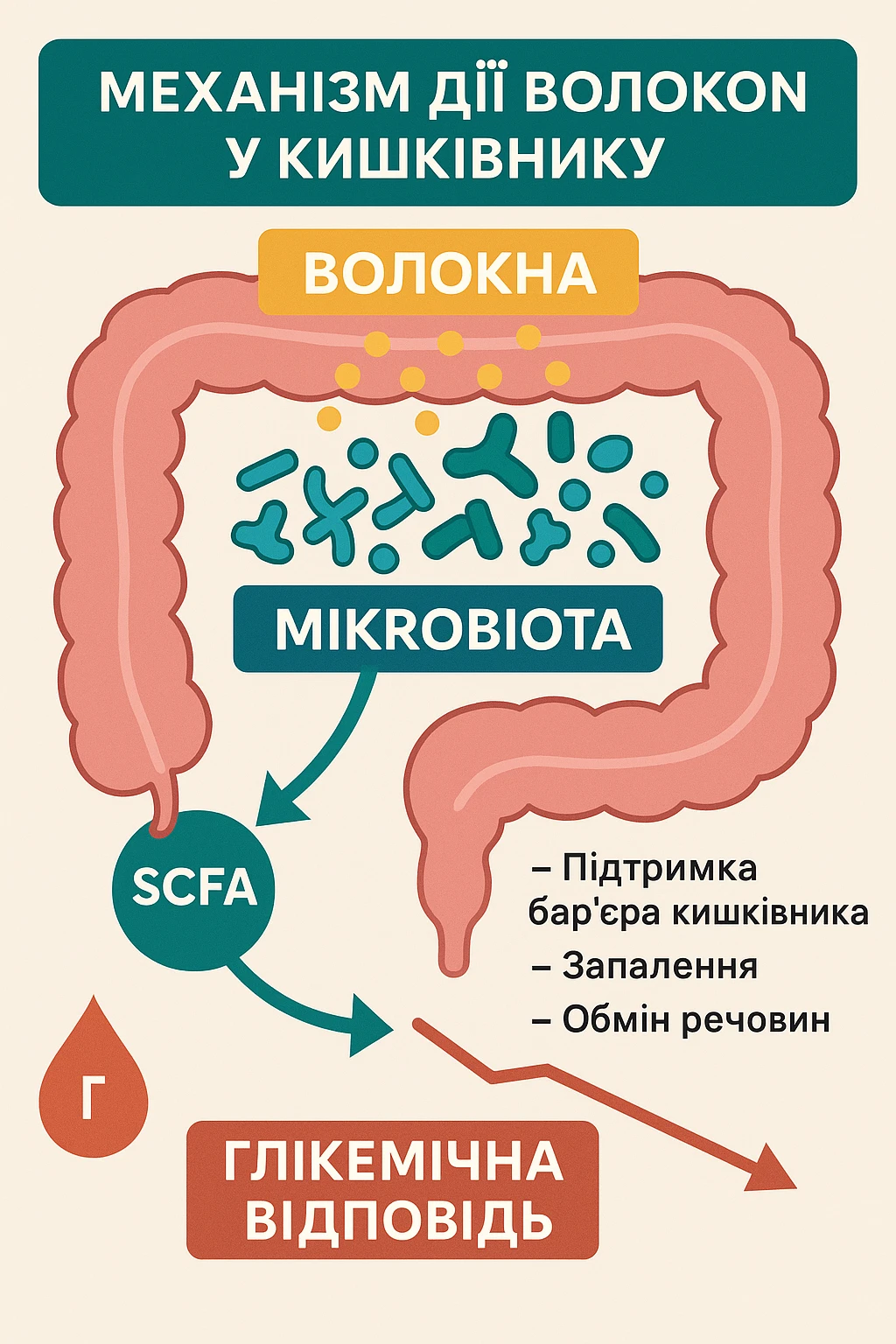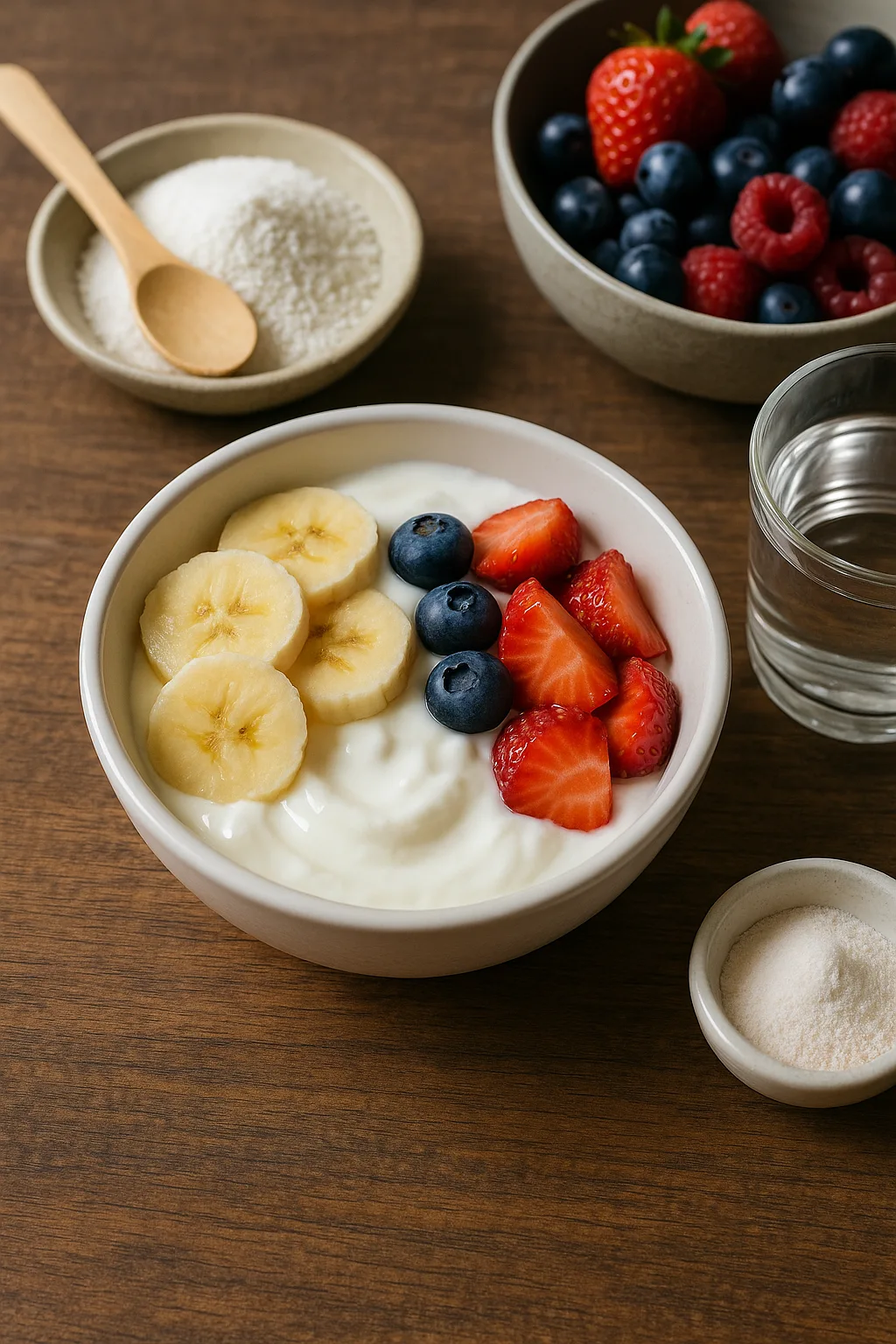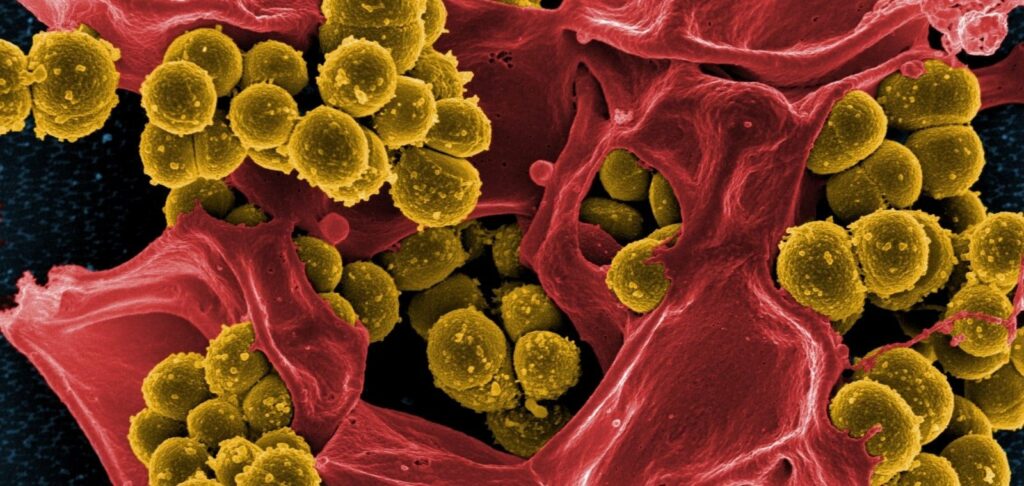

What are functional fibers and why are they important?
Functional fibers are food components that are not digested in the small intestine but have a significant impact on metabolism, microbiome and metabolic health.
They include ingredients such as inulin, oligofructose, resistant starch, beta-glucans, guar gum, arabinogalactan, galactooligosaccharides (GOS), fructooligosaccharides (FOS) and others.
At Vitafoods Europe 2025, special attention was paid to innovative forms of prebiotic fibers, in particular combinations with polyphenols, encapsulated pectin and new generation synbiotic formulas.

Weight control: how fiber regulates appetite
Dietary fiber promotes satiety by slowing gastric emptying and stimulating the release of satiety hormones (GLP-1, PYY)【1】. Beta-glucans from oats and barley and guar gum are particularly effective in this regard.
In clinical studies [Solah et al., 2016] it is shown that daily consumption of soluble fiber reduces calorie intake by up to 10% for 12 weeks.
Table 1: Fiber types and their effect on satiety
| Fiber type | Mechanism of action | Influence of appetite |
|---|---|---|
| Beta-glucani | Slow gastric emptying | High |
| Guar gum | Increased viscosity of food chyme | High |
| Inulin | Fermentation in the large intestine | Medium |
| Resistant starch | SCFA output | Medium |

The microbiota: the foundation of metabolic health
Functional fibers are a major source of nutrients for beneficial gut bacteria. Their fermentation leads to the formation of short-chain fatty acids (SCFAs) such as butyrate, propionate and acetate. These compounds:
-
Support the barrier function of the intestinal mucosa,
-
Regulate inflammation,
-
Affect energy metabolism and glucose homeostasis【2】.
Combinations of fiber with polyphenols are particularly promising, as shown in Vitafoods 2025: these synbiotics have an enhanced microbiota modulation effect.

Glucose regulation: slower, softer, more stable
Fiber can significantly reduce the glycemic index of food by slowing carbohydrate absorption and suppressing afternoon peak glucose levels.
A study [Weickert & Pfeiffer, 2018] noted that regular soluble fiber intake reduced HbA1c levels by 11-19% in prediabetic patients.
Table 2. effect of fiber on glycemic response
| Fiber | Decrease in peak glucose | Source |
|---|---|---|
| Psyllium | -15–20% | [Anderson et al., 2009] |
| Inulin + FOS | -10–15% | [Brighenti et al., 2007] |
| Beta-glucani | -20–25% | [Tappy et al., 2022] |

Technology 2025: delivery-systems and the future of fibers
Vitafoods Europe 2025 showcased a new generation of delivery systems for functional fibers that significantly improve efficacy and convenience. The main focus is on improving bioavailability, palatability and targeted release in different parts of the gastrointestinal tract.
Key technology trends include:
-
Micro- and nano-encapsulation – ensures fiber protection from the gastric environment and controlled release in the colon, where fermentation is most active.
-
Chewable formats and gums with prebiotic fibers – increase compliance, especially in children and the elderly, by providing a pleasant taste and ease of consumption.
-
Formats with flavor profiles – powders with natural flavors (lemon, apple, blackberry) simplify integration into the daily diet, particularly as an addition to water, yogurt or smoothies.
-
Smart release in the gut – technologies that allow for the targeted delivery of fiber to the desired GI tract for enhanced action on the microbiota.
Such delivery systems transform fiber from a traditional supplement to an integrated part of functional nutrition.
Conclusions and recommendations
-
Soluble functional fibers have a significant impact on weight, microbiome and glucose control.
-
Their regular consumption is beneficial both for patients with metabolic syndrome and for healthy people as part of prevention.
-
When choosing a product, it is worth considering the form of release, compatibility with the microbiome and the availability of clinical data.
List of references used
-
Solah, V. A., et al. (2016). “Effect of fiber on satiety and body weight.” Appetite, 105, 152–166.
-
Cani, P. D., et al. (2019). “Microbiota and SCFA: metabolic interactions.” Nature Reviews Endocrinology, 15, 259–273.
-
Weickert, M. O., & Pfeiffer, A. F. (2018). “Impact of dietary fiber on glucose control.” Current Opinion in Clinical Nutrition, 21(4), 286–291.
-
Anderson, J. W., et al. (2009). “Health benefits of psyllium fiber.” Nutrition Reviews, 67(4), 188–205.
-
Tappy, L., et al. (2022). “Beta-glucans and glycemic control.” Journal of Nutritional Biochemistry, 99, 108831.




